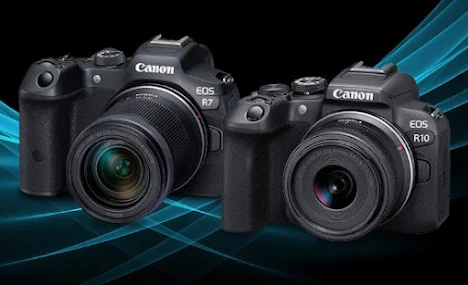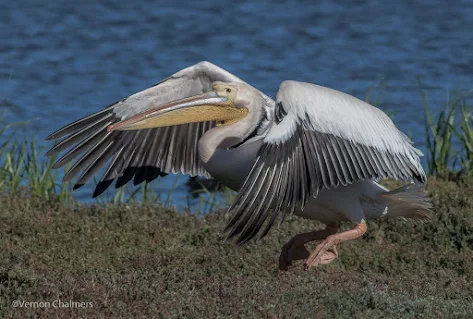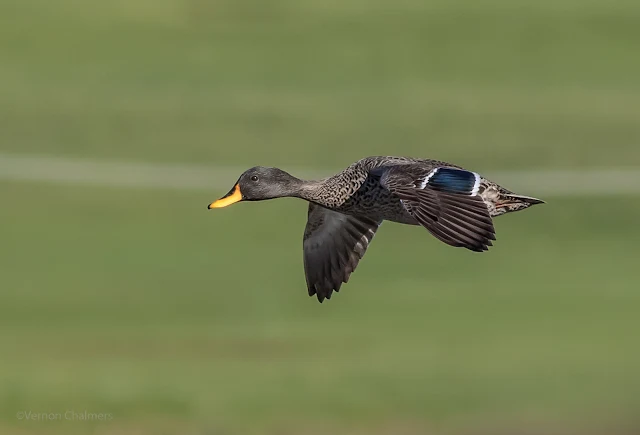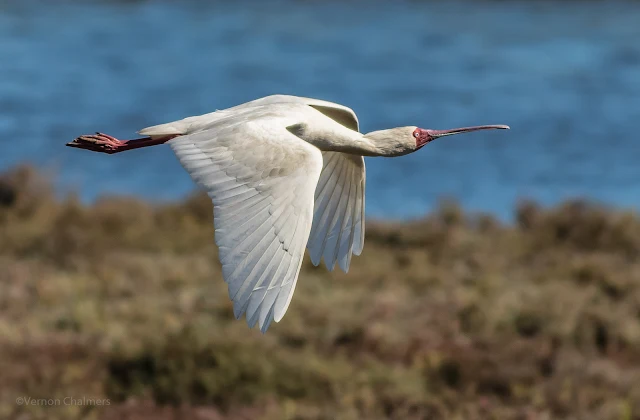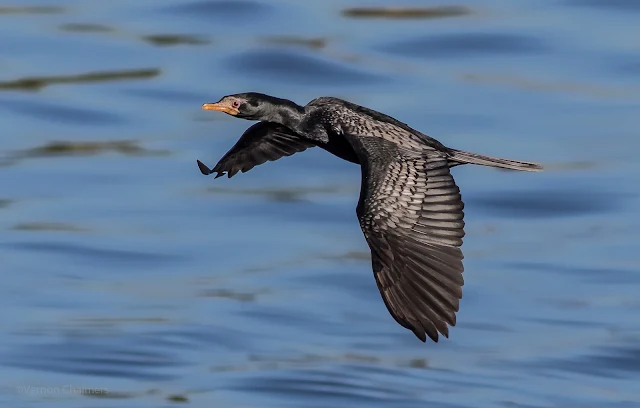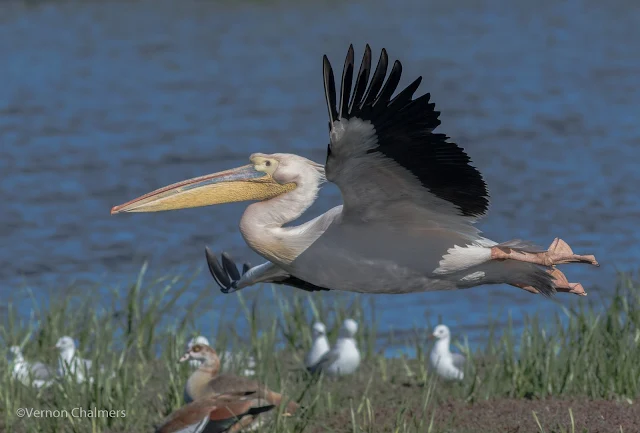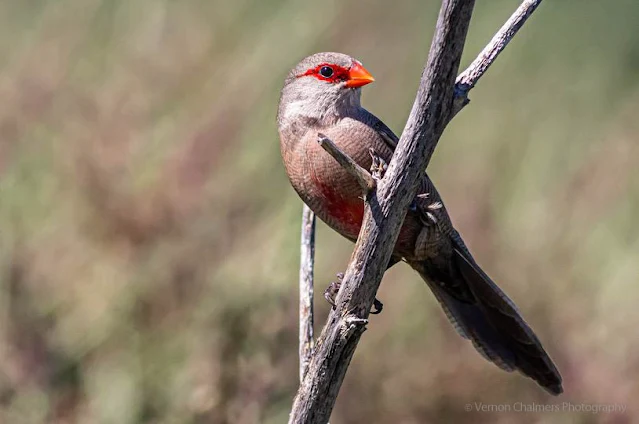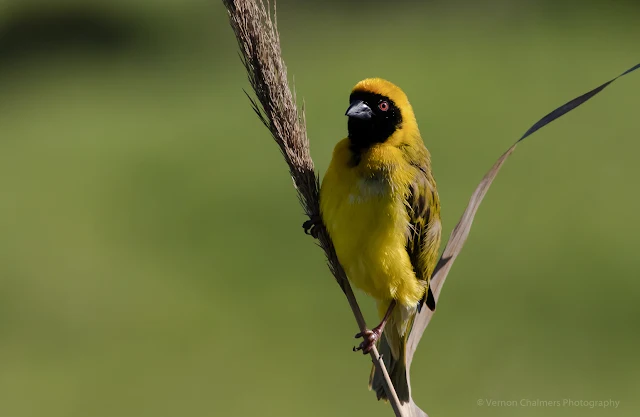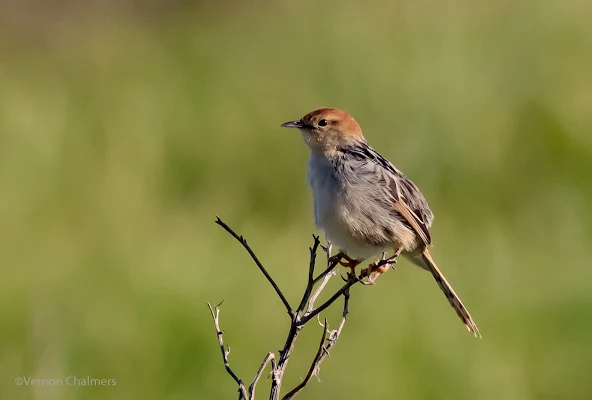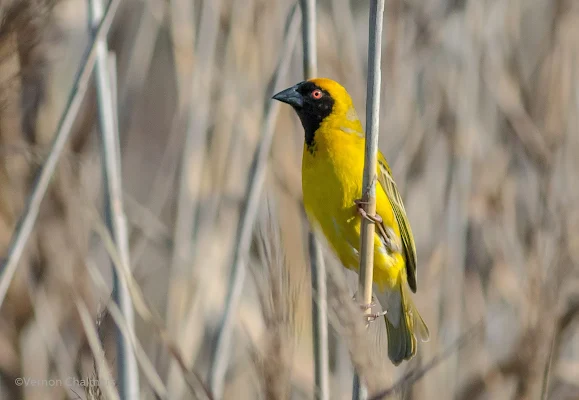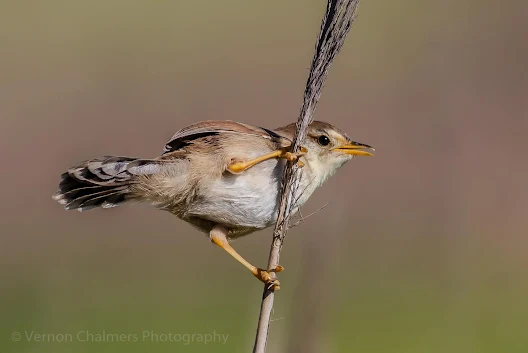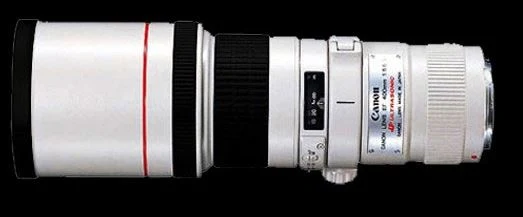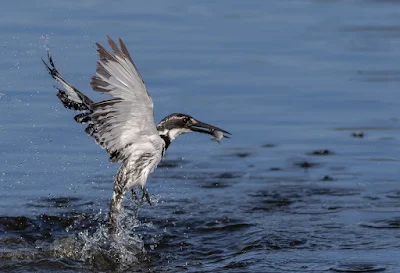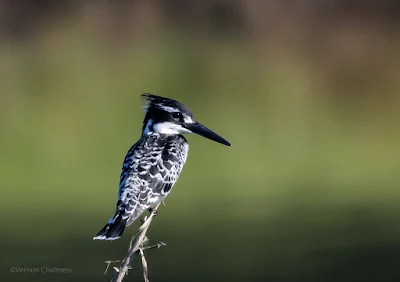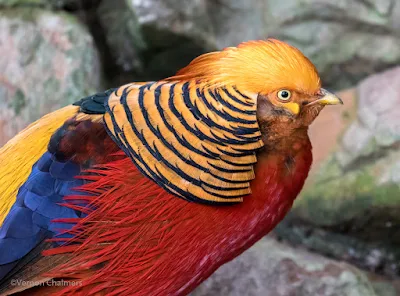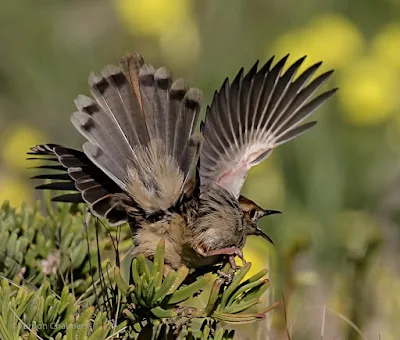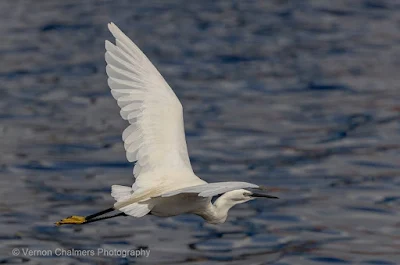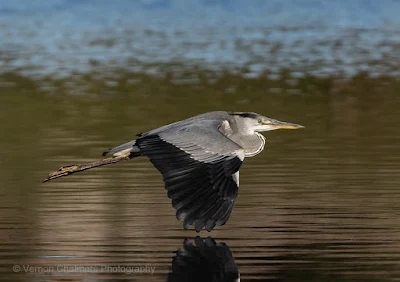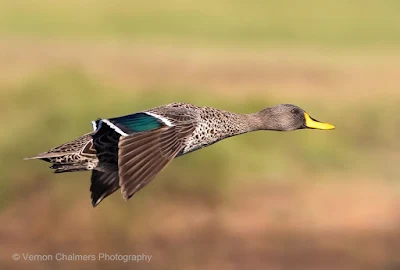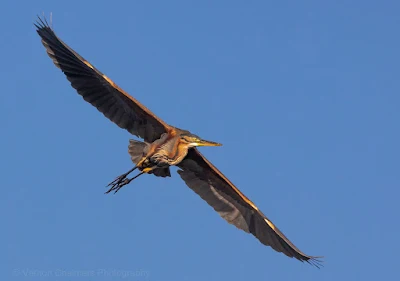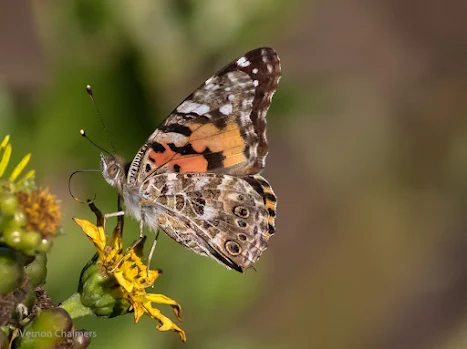Different Applications of the 70-300mm Zoom Lens
 |
| Versatility of the 70-300mm Focal Length Range Lens |
A 70-300mm focal length range lens is for many photographers the longest lens in their camera bags. If not the longest, the second longest. A versatile focal length from capturing close-ups of flowers to relatively close-up wildlife.
For the serious wildlife photography enthusiast the 70-300mm focal length is always going to be a tad too short - many opt for 100-400mm lenses, 150-600mm lenses and various non-zoom prime lenses of 400mm +.
Although I do a lot of work with a 400mm lens and also much shorter lenses (i.e 16-35mm) there is no way that I can do without the versatility of my Canon EF 70-300mm f/4-5.6L IS USM lens. Most 100-400mm lenses will offer similar or even better versatility with close-up and high image quality opportunities.
New generation 70-300mm lenses (Canon / Nikon / Sigma) are very cost-effective and sharp with good Autofocus capabilities - most of them are not classified as professional lenses and therefore the price is quite respectable for the enthusiast photographer.
In my opinion, the Canon L-series professional 70-300mm lens that I use is about three time the price of the equivalent Canon consumer lens, but in no way three times better ito image quality - if that is a major concern for somebody. It offers weather sealing, more durable construction and a floating optical system for producing sharp images across the zoom range, but its not worlds apart when comparing images (this statement is relative to other requirements not necessarily just based on image quality when the pro lens is purchased). The consumer lens should be good to go for most photographers.
All 70-300mm lenses could be used with various accessories (extension tubes / close-up filters) for decreasing the minimum focus distance (MFD of the lens - useful for photographing close-up subjects.
Most 70-300mm lenses are variable aperture lenses (between f/4.-5,6) meaning that the aperture will decrease from 70 to 300mm. I.e at 70mm the aperture will be at f/4 and as you reach 300mm it will at f/5.6 and beyond. You cannot capture a zoomed-to-300mm image at f/4. Not possible. This in itself is not a limitation for most of the applications of these lenses.
I use my 70-300mm lens often on both Canon EOS full frame and crop-sensor bodies and have no concerns about any limitation for the purpose its applied for. If the lens is going to be 'too shot' or 'to long' for whatever I need to achieve I will use a different lens, either a 16-35mm, 24-70mm or 400mm lens.
Photography Training:
Training is available on all 70-300mm / 100-400mm lenses with / without extension tubes are available from me. The only prerequisite is that is must be paired with a Canon EOS / Canon EOS R body.
A few of my own images to show the versatility of the 70-300mm focal length. From the top: flowers, to a landscape, a bird in flight and some fashion.
Note: The flower / insect image was captured with the Canon EF 25mm extension tube attached.
The last image will show the Canon hardware setup with the extension tube.
 |
| Landscape Photography With Canon EOS 6D / EF70-300mm f/4-5.6L IS USM Lens Sample Image |
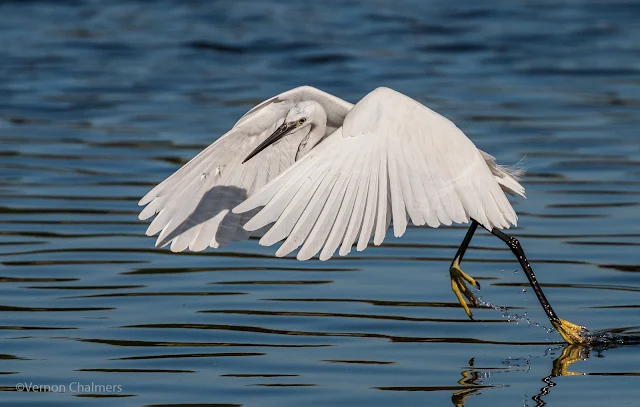 |
| Birds in Flight Photography With Canon EOS 70D / EF70-300mm f/4-5.6L IS USM Lens Sample Image |
 |
Hair Fashion Photography With Canon EOS 6D / EF70-300mm f/4-5.6L IS USM Lens Sample Image
Wild Flower Photography With Canon EOS 6D / EF70-300mm f/4-5.6L IS USM Lens Sample Image |
 |
Canon EOS 6D / EF70-300mm f/4-5.6L IS USM Lens with EF Extension Tube EF 25 II
Canon EF 70-300mm f/4-5.6L IS USM Lens Sample Images View
|
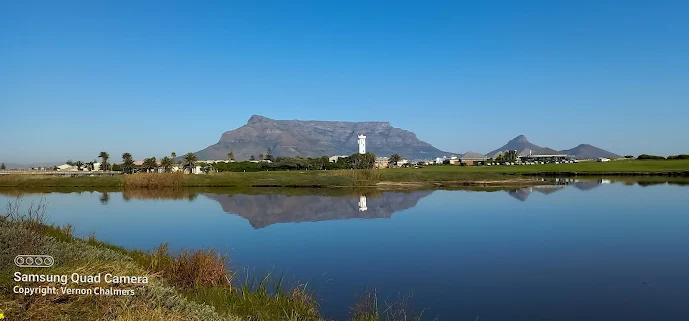
 of the past two years - who entered my world out of the 'blue', "merci, tu viens de rendre le bleu, plus bleu et le vert plus vert ce matin..."
of the past two years - who entered my world out of the 'blue', "merci, tu viens de rendre le bleu, plus bleu et le vert plus vert ce matin..."





